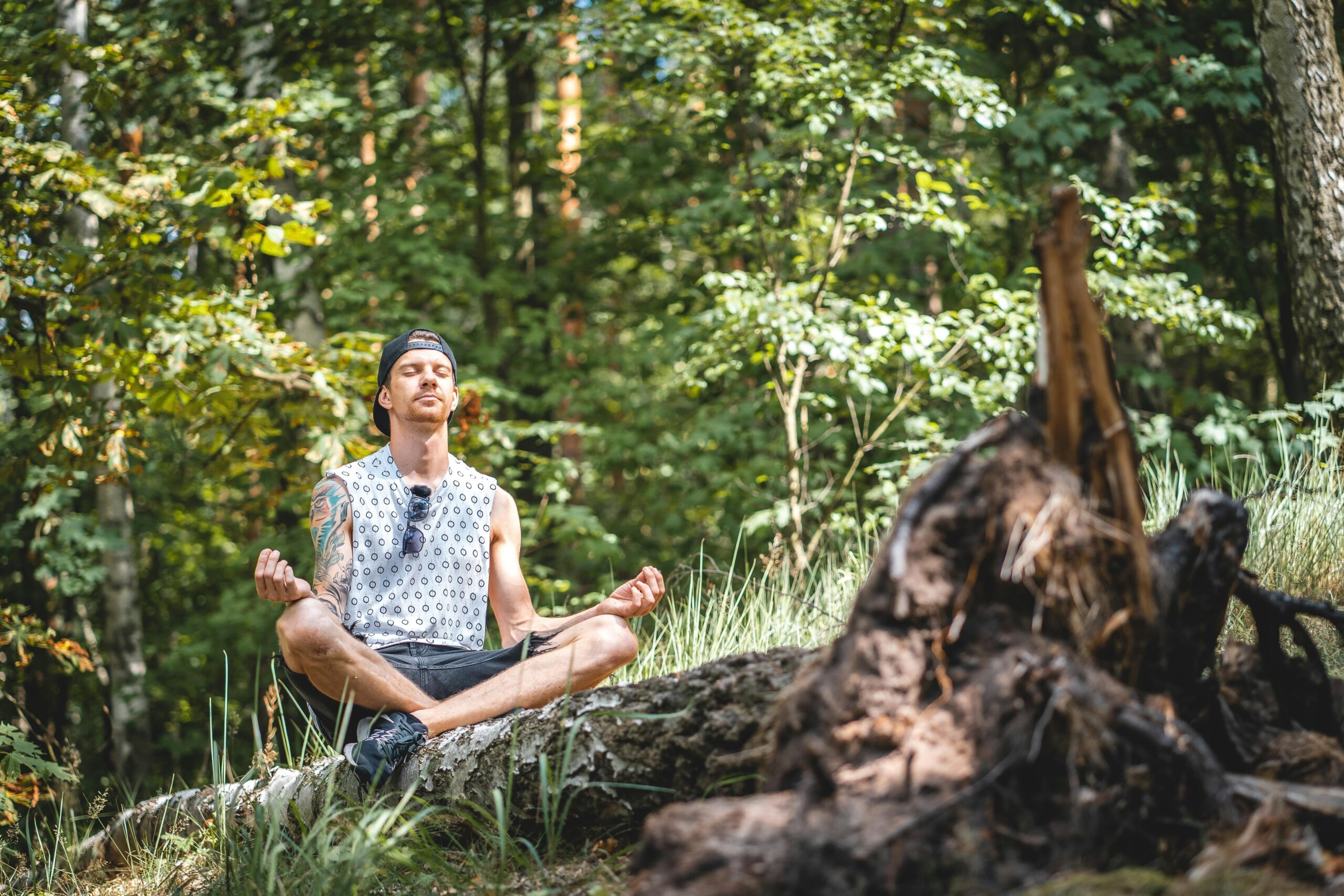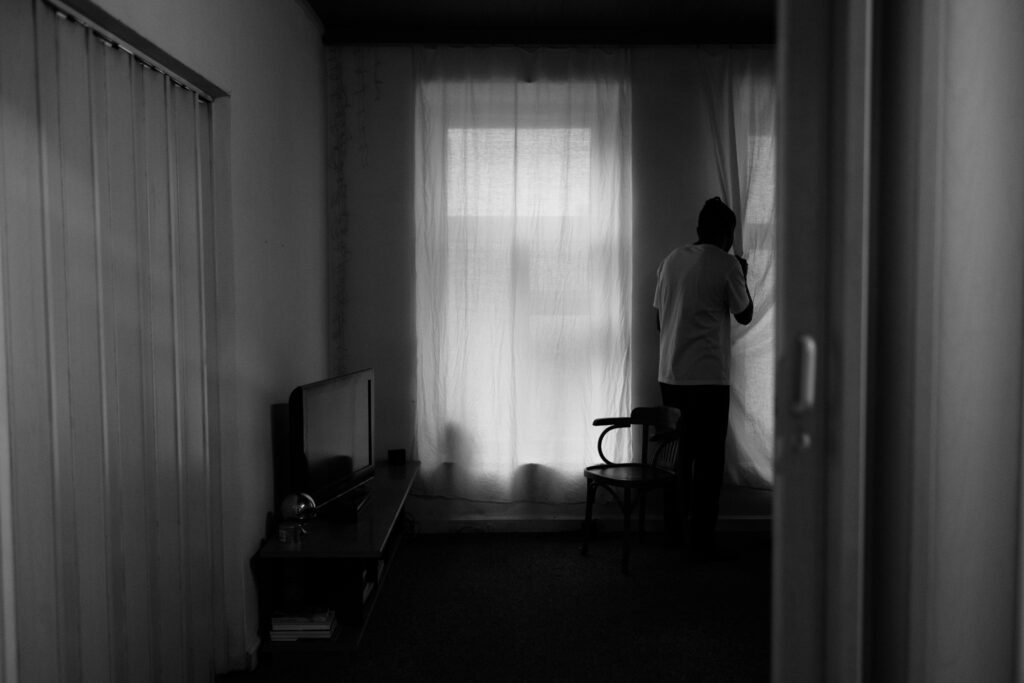“Ever felt like your chest is a rubber band pulled too tight, ready to snap?” You’re not alone. Anxiety affects over 40 million adults in the U.S. alone, yet most of us have no clue how to truly uncoil that tension. This post? It’s here to fix that.
This guide dives deep into anxiety reduction, giving you practical tools for finding inner peace—yes, even amid life’s chaos. We’ll cover essential background info, actionable steps, real-world examples, and expert FAQs so you can tackle stress head-on.
Table of Contents
- Key Takeaways
- Understanding Anxiety: Why Does It Hit So Hard?
- Step-by-Step Guide to Reducing Anxiety
- Best Practices for Lasting Calm
- Real-Life Examples of Success
- Frequently Asked Questions About Anxiety Reduction
Key Takeaways
- Anxiety stems from both physical and mental triggers that disrupt your peace.
- Breathing techniques, mindfulness, and routine-building are powerful tools for reducing stress.
- You don’t need expensive resources—just consistency and self-compassion—to achieve calm.
Understanding Anxiety: Why Does It Hit So Hard?
I still cringe thinking about the time I tried meditating during my first panic attack. Spoiler alert: it didn’t work. Turns out, expecting immediate zen without understanding *why* anxiety happens was basically asking for an epic fail.
Here’s the deal: When your brain senses danger—even if it’s imagined—it flips on survival mode. Your cortisol spikes; your heart races. Fun fact? Chronic stress can shrink parts of your brain involved in memory and emotional regulation. Sounds like your laptop overheating while rendering 4K videos, right?

Grumpy Optimist Dialogue:
“Optimist You: ‘Let’s dive into these strategies!’
Grumpy You: ‘Only if there’s tea involved… or wine after.'”
Step-by-Step Guide to Reducing Anxiety
Step 1: Master Simple Breathing Techniques
Box breathing saved me more times than I care to admit. Here’s how it works:
- Breathe in through your nose for 4 seconds.
- Hold your breath for 4 seconds.
- Exhale slowly through your mouth for 4 seconds.
- Pause again for 4 seconds before repeating.
Step 2: Create Micro-Routines
When anxiety strikes, routines ground you. Start small—for example, drink water as soon as you wake up. Trust me, it beats staring at your phone doomscrolling bad news.
Step 3: Identify Stress Triggers
I once realized watching horror movies at night triggered nightmares… #duhmoment. Keep a journal where you jot down what makes you anxious. Awareness = power.
Best Practices for Lasting Calm
Before we go any further, let me warn you—one terrible tip people swear by is “just stop worrying.” Yeah, nope. Not helpful. Instead, try these:
- Mindfulness Apps: Try apps like Calm or Insight Timer.
- Move Your Body: Yoga or walking boosts serotonin levels naturally.
- Talk To Someone: Therapists aren’t just for “crazy” people—they save lives every day.
Real-Life Examples of Success
Meet Sarah, who started journaling daily affirmations. Within two months, she reported feeling less overwhelmed at work. Or take Dan, whose morning runs helped him manage chronic anxiety symptoms better than medication ever did.

Frequently Asked Questions About Anxiety Reduction
Q1: Can diet help reduce anxiety?
Absolutely! Foods rich in magnesium (like spinach) and omega-3 fatty acids (salmon FTW) support brain health.
Q2: Will exercise cure my anxiety forever?
No magic bullets here—but regular movement significantly lowers anxiety over time. Consider it part of your maintenance plan.
Q3: What should I avoid?
Caffeine overload and doomscrolling social media are legit anxiety amplifiers. Pro tip: Replace TikTok with calming podcasts.
Conclusion
Finding inner peace isn’t about never experiencing anxiety—it’s learning how to navigate it gracefully. By mastering breathing techniques, building healthy habits, and seeking professional help when needed, you’re already halfway there.
And hey, remember: Sometimes progress feels slower than dial-up internet, but keep going. Like a Tamagotchi, your mental wellness needs daily love and care.



